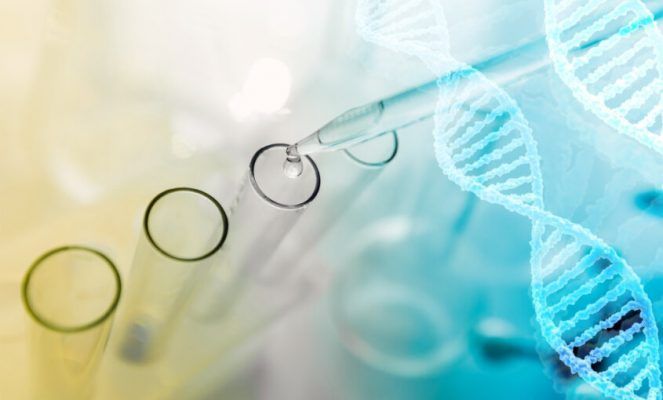The Oligofastx project covers all areas, from start to finish, of the process of developing oligonucleotides to fight several specific diseases: from design and preclinical research to production.
Therefore, in this consortium, all the partners contribute their experience and knowledge in specific areas of action, thus completing a clear, consistent, coherent and results-oriented strategy.
All partners are industry leaders in their respective areas of research and development. And in this global prism we could not forget that of production based on the concepts of innovation and sustainability.
With several oligonucleotide-based drugs on the market and hundreds in preclinical and clinical trials, the current state of oligonucleotide production poses numerous waste and cost challenges for manufacturers.
Legacy technologies use large volumes of reagents and solvents, as well as energy-intensive synthesis, purification and isolation processes.
In 2016, the Green Chemistry Institute Pharmaceutical Roundtable (GCIPR) of the American Chemical Society (ACS) identified the development of greener processes for oligonucleotide active pharmaceutical ingredients (APIs) as a critical unmet need. Consequently, a task force was formed to identify green chemistry and engineering improvements that would make oligonucleotide production more sustainable.
And this is precisely the mission of our partner in Oligofastx 53Biologics, a Spanish company born in Valladolid, whose ultimate goal in this project is sustainable organic production.
A more efficient and biological production process
In order to ensure a consistent and high-quality biologic drug development process, our partner 53Biologics has, since its inception, based its work philosophy on a foundation of sustainability.
The development process of a biologic drug is usually divided into cell line development, manufacturing and formulation development.
But what are the biggest challenges during the development of a biologic drug process?
First, that not all companies can devote an unlimited amount of money and other resources to this type of research. For example, a small biotech company may not have the same resources as a large pharmaceutical company to carry out extensive development work.
For this reason, many small biotechs, even mid-sized and large pharmaceutical companies, choose to partner with an experienced contract development and manufacturing organization that can develop and execute the necessary protocols (known as CMDOs, or Contract Developing and Manufacturing Organizations).
It is clear that an efficient, customized and well thought-out drug product process development program must be created and followed to help take the biologic molecule to the next level.

Innovative biologics versus biosimilars: is there a difference in process development?
The truth is that everyone has their own challenges. For example, in the case of innovative biologics, the challenges are the timelines and costs associated with basic research, as it requires extensive research to understand the therapeutic effect, side effects, duration of action, elimination and many more properties. The innovative biological product must demonstrate efficacy for the intended indication and safety in randomized, controlled clinical trials.
On the other hand, biosimilars pose a different challenge because the competitor to that biosimilar drug is already on the market. The main challenge for biosimilars is that they must be carefully designed to match the profile of reference products.
However, a biosimilar has the opportunity to differentiate itself from an established competitor by taking advantage of new or different delivery methods. From a process development perspective, the challenge lies in the physical and chemical characteristics of the product.
Understanding these characteristics is very important, as it will help determine which filling mechanism and filtration process will be most efficient during drug manufacturing.
The success of a project is enhanced when the pharmaceutical and biopharmaceutical company is assured of knowledge of the molecule’s physical properties, route of administration and target patient population, which are covered during the technology transfer phase.
Sources:
https://pubs.acs.org/doi/10.1021/acs.joc.0c02291
https://www.outsourcedpharma.com/doc/sustainable-approaches-to-oligonucleotide-manufacturing-0001
https://www.mcgill.ca/mssi/article/grinding-toward-greener-future-synthetic-dna

 Español
Español
